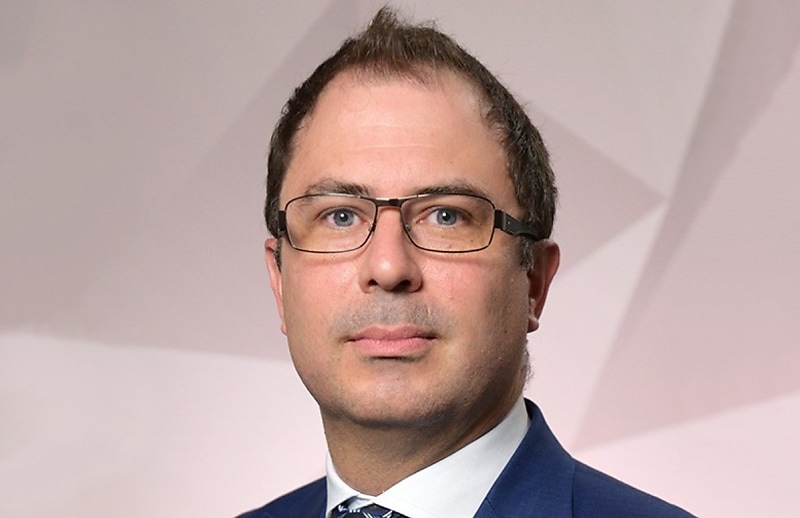The great retirement is actually the great unretirement according to KPMG which says older people have returned to the 1970s in terms of when they stop work.
KPMG urban economist Terry Rawnsley said more experienced workers were being kept in jobs longer due to the labour shortage, the lack of international migration and greater workplace flexibility.
“Strong labour market conditions are helping to retain older workers in jobs for longer,” said Mr Rawnsley.
“The lockdowns during the pandemic made many older Australians in professional jobs realise that they could semi-retire and continue to dabble in the workforce from home or even from down at the coast.”
“And in what is a tight labour market, given the lack of international migration in recent years, employers have obliged.”
KPMG found that in 2022 the expected retirement age for men was 66.2 years, the highest since 1972, and for women it was 64.8 years, the highest since 1971.
Over the past 20 years the retirement age for men had risen from 63.2 years while for women it had increased from 61.7 years.
The great unretirement began during the pandemic with 537,000 extra employees joining the workforce during 2019–22, of which 179,000 were over 55.
KPMG said the pandemic also brought more women into full-time employment, while an increase in less physically demanding jobs had seen men work later in life.
“Over the last 30 years we’ve seen a shift towards service-based jobs and away from more physically demanding jobs,” said Mr Rawnsley.
The firm also found the level of education influenced a worker’s retirement age. Those with postgraduate degrees retired later than the rest of the labour force at 67.
Workers with a bachelor’s degree had an expected retirement age of approximately 66 and for those without tertiary education it was about 65.
Mr Rawnsley said the continued tight labour market and the increasing shift of work towards less labour-intensive roles meant the expected retirement age would stay high.
“On top of that, our economy is slowly becoming more and more educated, which is likely to shift the age of retirement for the whole labour force,” he continued.
KPMG said data from the Bureau of Statistics showed only 40 per cent of Australians retired when reaching the eligible age for superannuation with the remaining 60 per cent deciding to retire for other reasons.

 Login
Login







